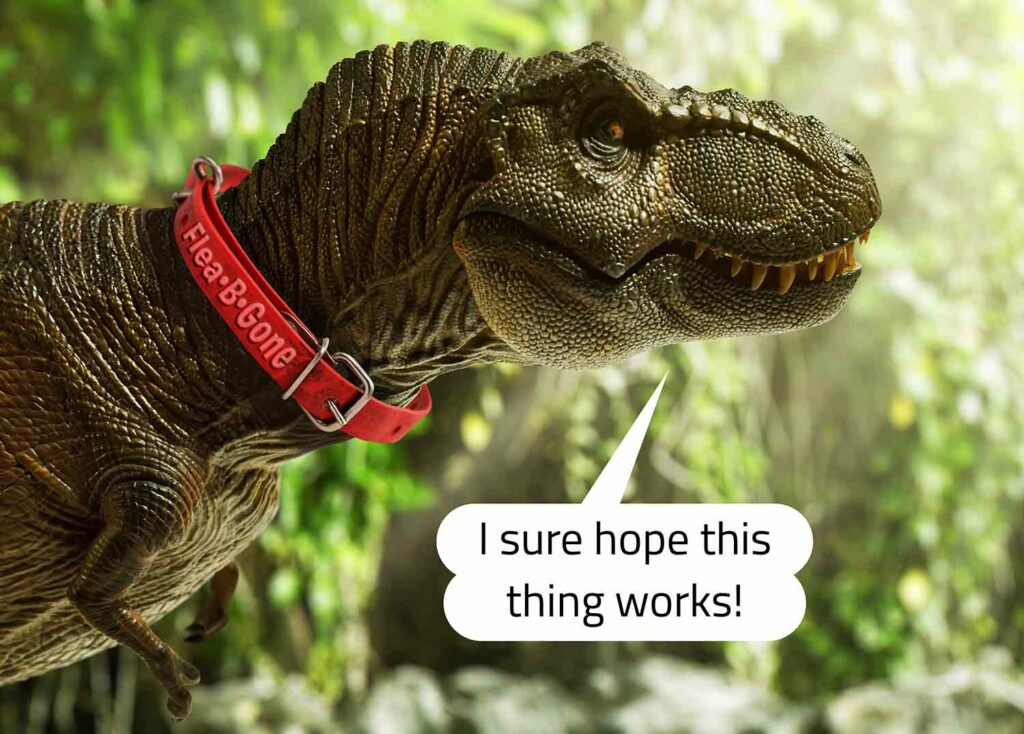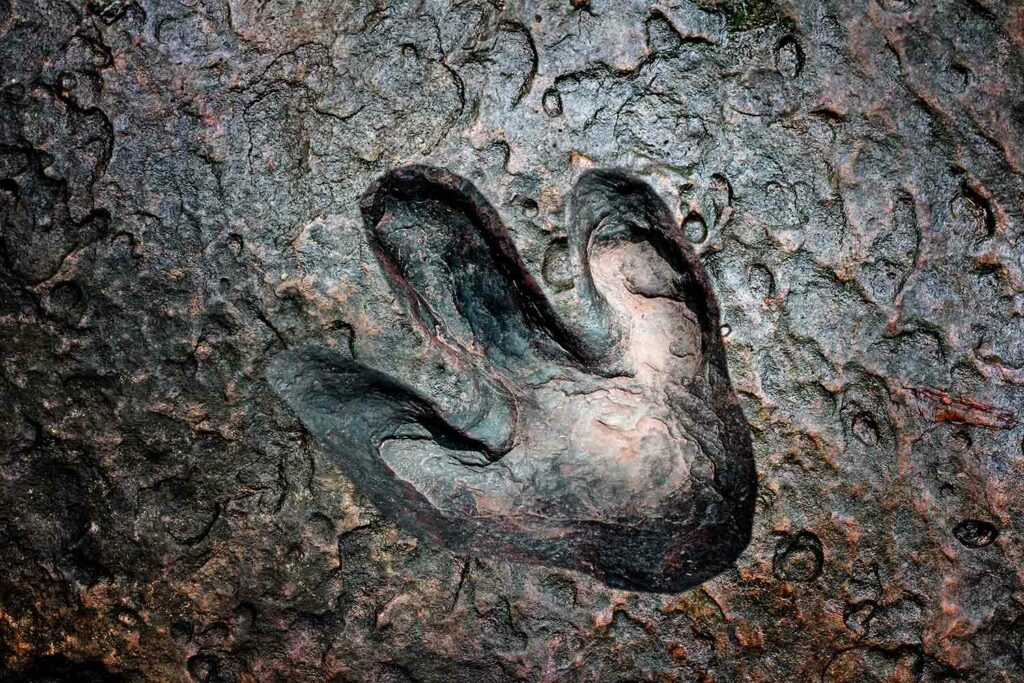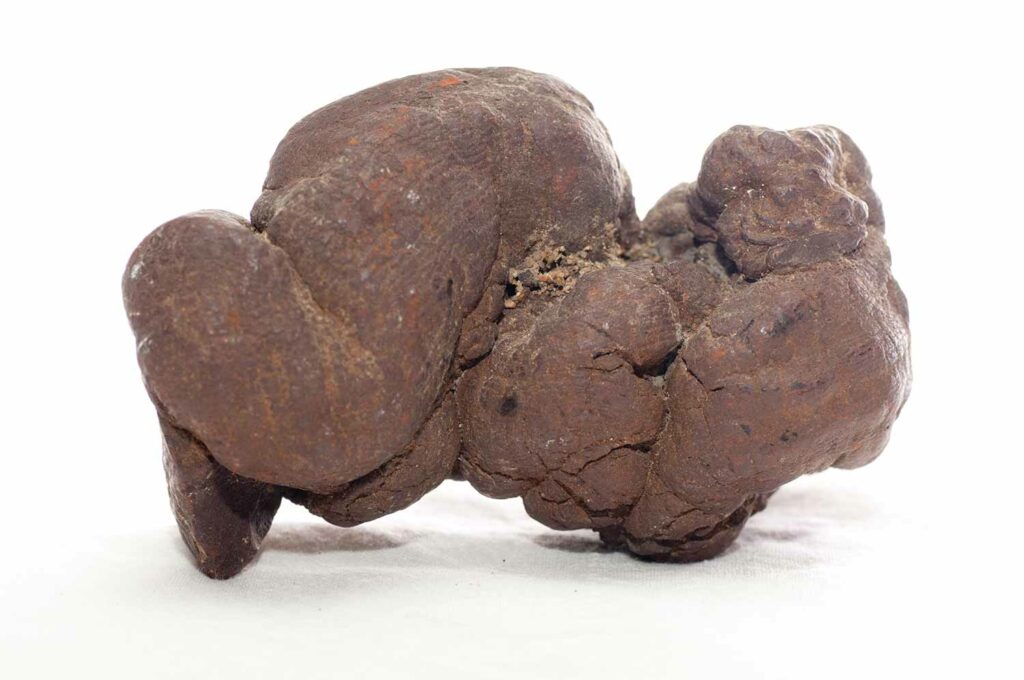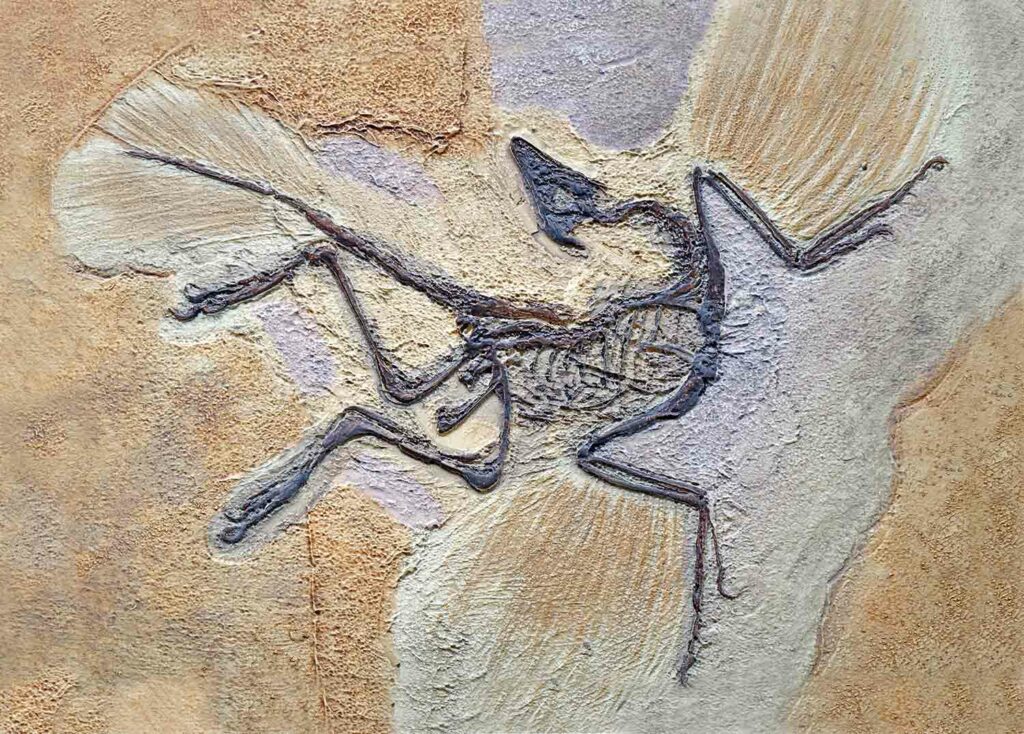Dinosaur Tracking
Someone spotted footprints outside a restaurant in China. It turns out, the footprints were made by dinosaurs!
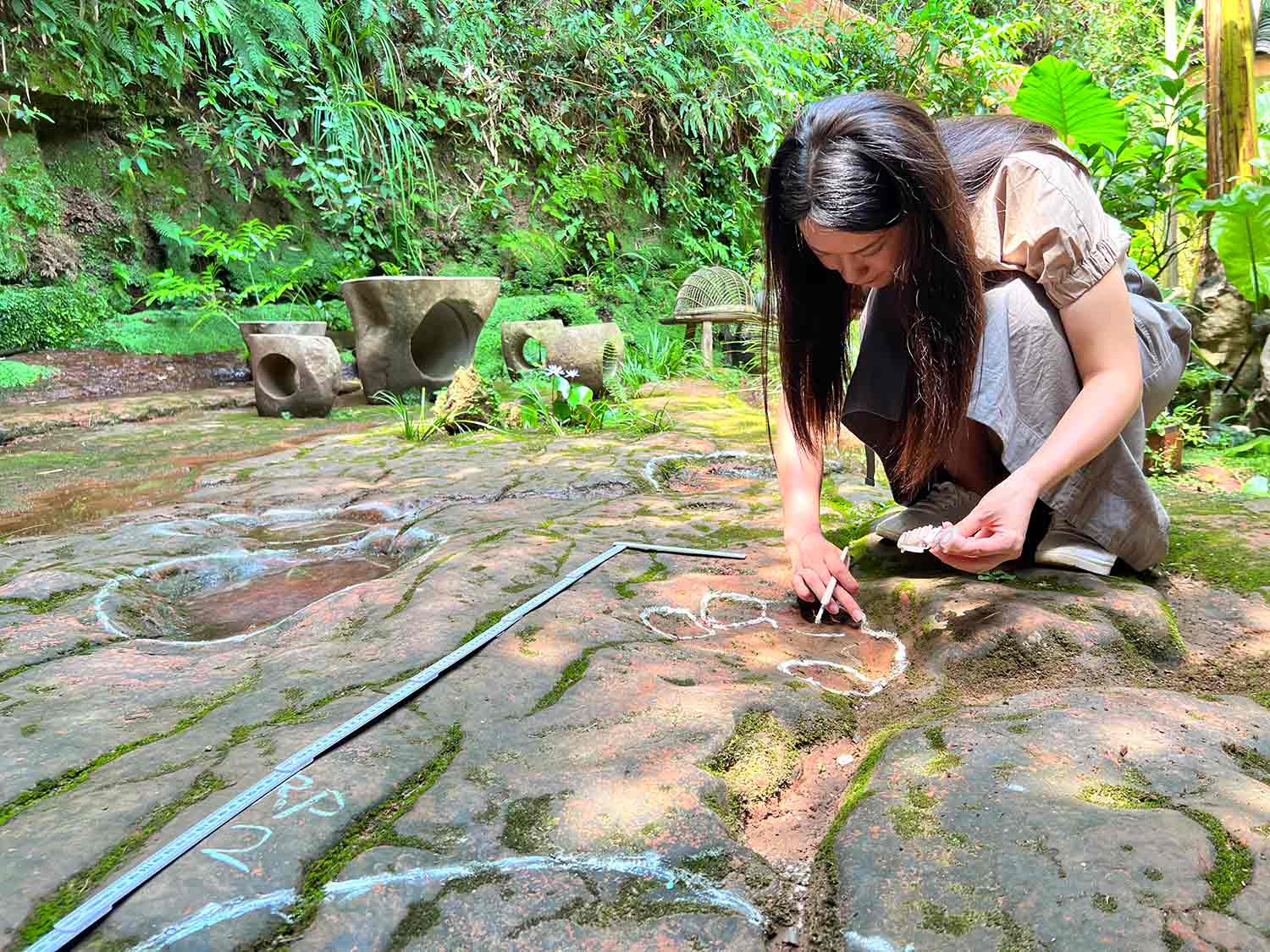
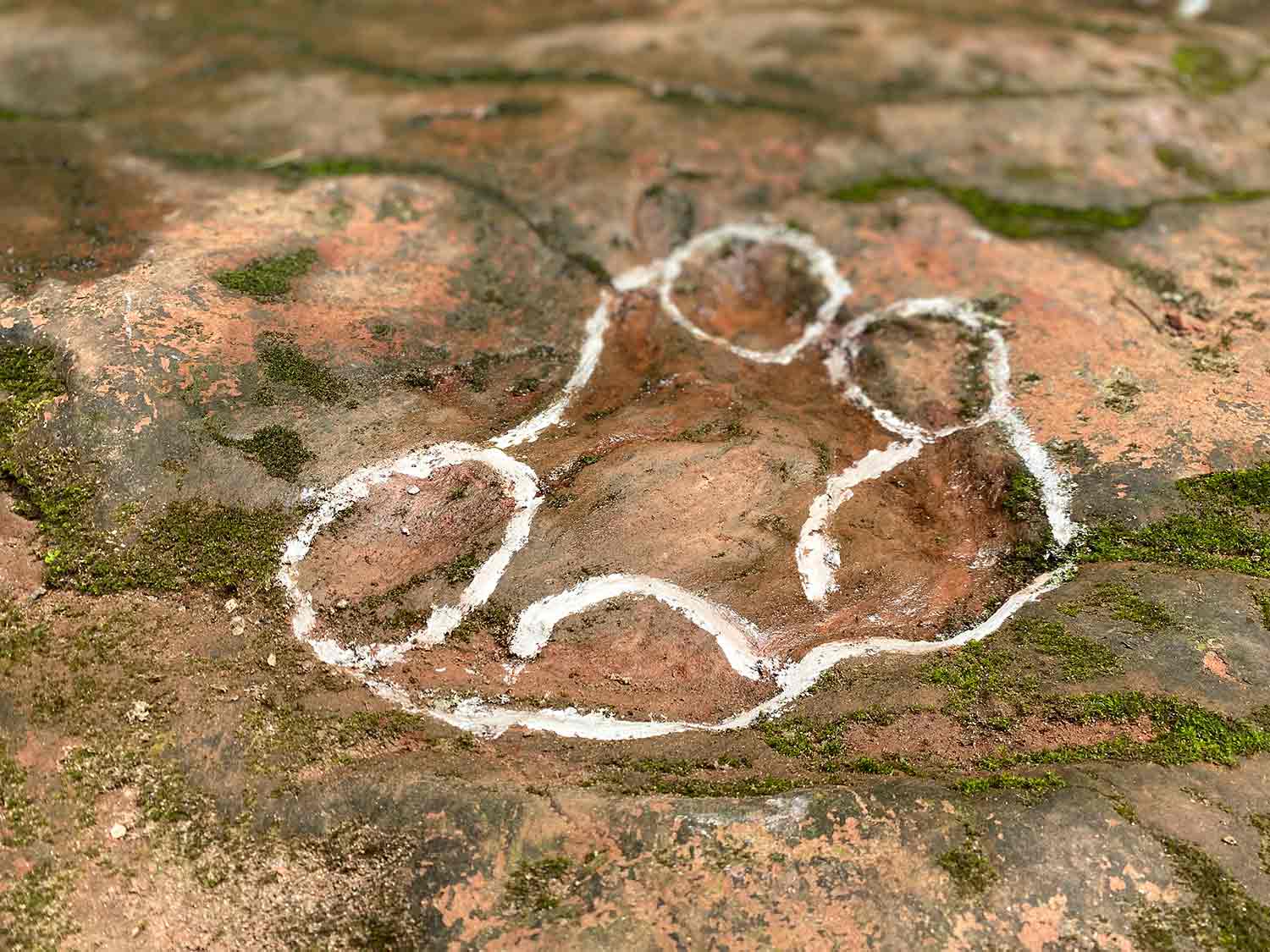

Lida Xing
A diner was eating outside at a restaurant in China when they spotted some footprints—very large footprints. These were no ordinary animal tracks. It turns out they were made millions of years ago…by dinosaurs!
Paleontologists (scientists who study fossils from long ago) used special instruments called 3D scanners to study the fossilized footprints and determine their origin. According to paleontologist Dr. Lida Xing, the prints date back about 100 million years, to a time called the Cretaceous period. They were made by two sauropods.
A sauropod was a type of dinosaur that had a small head and a long neck and tail. Dr. Xing said the sauropods that made the footprints probably measured about 26 feet (8 meters) in length. They were actually on the small side. Some sauropods could reach almost 100 feet (30 meters). That’s the length of three school buses! Sauropods were so heavy that the ground probably shook when they walked.
But while they were big enough to take down a lot of other dinosaurs, sauropods were vegetarians. They didn’t eat meat. Because they were so big, sauropods had to look for endless amounts of vegetation to eat. Paleontologists say that could be what the pair of sauropods were doing when they made the footprints that have survived for so long.
Footprints don’t always last for millions of years, even when they’re fossilized. Many footprints and other fossils may have been lost when they were built on or paved over before they could be discovered. But the sauropod footprints were discovered in a location that was once a farm, and the prints were buried in dirt and sand. Covered over like this, the prints were protected from damage. The dirt and sand were removed when the property was turned into a restaurant.
The restaurant owner has fenced off the area where the footprints are in order to protect them. It’s as if there’s a treasure on his property.
“The footprints were very deep and quite obvious,” Dr. Xing told CNN. “But [for a long time] nobody had thought about [the possibility that they were made by dinosaurs].”

